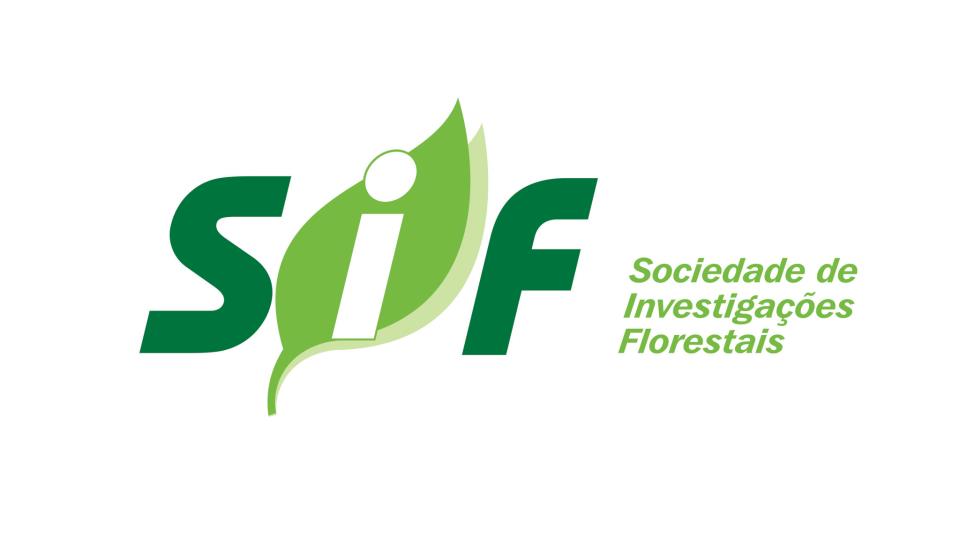Biblioteca Florestal
Digital
Digital
Mecanismos de regeneração natural em remanescente de floresta estacional decidual

JavaScript is disabled for your browser. Some features of this site may not work without it.
| dc.contributor.author | Sccoti, Marta Silvana Volpato | |
| dc.contributor.author | Araujo, Maristela Machado | |
| dc.contributor.author | Wendler, Cristiane Friedrich | |
| dc.contributor.author | Longhi, Solon Jonas | |
| dc.date.accessioned | 2014-09-01T12:04:12Z | |
| dc.date.available | 2014-09-01T12:04:12Z | |
| dc.date.issued | 2011-07 | |
| dc.identifier.citation | SCCOTI, M. S. V. et al. Mecanismos de regeneração natural em remanescente de floresta estacional decidual. Ciência Florestal, Santa Maria, v. 21, n. 3, p. 459-472, jul./set. 2011. | pt_BR |
| dc.identifier.issn | 0103-9954 | |
| dc.identifier.uri | http://www.bibliotecaflorestal.ufv.br/handle/123456789/10448 | |
| dc.description.abstract | Diante da perda da biodiversidade e do habitat natural decorrentes da fragmentação das florestas, surge a necessidade de alternativas que possibilitem a recuperação desses ambientes. Assim, este estudo objetivou obter informações sobre o potencial dos mecanismos de regeneração natural (chuva de sementes, banco de sementes do solo, banco de plântulas e regeneração natural estabelecida) em um remanescente de Floresta Estacional Decidual, visando à conservação e recuperação destes ecossistemas. O estudo foi realizado de forma sistemática, a partir da demarcação de 14 unidades amostrais de 2.000 m2, dentro das quais foram selecionadas, aleatoriamente, 70 subparcelas onde foram avaliados os mecanismos de regeneração. A chuva de sementes foi avaliada durante um ano, com base no material obtido mensalmente a partir de coletores. Para o estudo do banco de sementes foram tomadas amostras de solo, com uso de um gabarito de ferro com 25x25x5 cm de dimensões, monitoradas durante 7 meses mediante germinação das sementes. A regeneração natural foi avaliada em duas classes: banco de plântulas e regeneração natural estabelecida, onde foram identificados e medidos indivíduos com h≥30 cm e DAP<5 cm. A chuva de sementes apresentou densidade média de 1350 sementes.m-2 na área, dentre as quais se observou 73 espécies, predominantemente, arbóreas. No banco de sementes do solo, foram observadas 108 espécies, sendo 74% herbáceas. No banco de plântulas foram encontradas 48 espécies, sendo estas esciófilas e heliófilas, já na regeneração estabelecida foram encontradas 37 espécies, em sua maioria esciófilas. Concluiu-se que as espécies com maior potencial para perpetuar na área estudada foram Gymnanthes concolor, Sorocea bonplandii, Eugenia rostrifolia, Trichilia claussenii, Trichilia elegans e Dasyphyllum spinescens, sendo as mesmas indicadas para enriquecimento. Já as espécies Myrocarpus frondosus, Cupania vernalis, Nectandra megapotamica e Syagrus rommanzoffian apresentam certa restrição, dependendo de tratamentos silviculturais na floresta para garantir sua perpetuação na área. | pt_BR |
| dc.description.abstract | Due to the loss of biodiversity and natural habitat because of the forests fragmentation, it is the needed to find alternatives that allow the recovery of these environments. Thus, this study aimed to obtain information about the potential of natural regeneration mechanisms (seed rain, soil seed bank, seedling bank and established natural regeneration) in a seasonal deciduous forest fragment in Santa Maria - RS state, in order to conserve and to recover these ecosystems. The study was conducted in a systematic way, having as a point of departure the demarcation of 14 sampling plots of 2000 sq m. From those plots, 70 subplots were randomly selected to evaluate the natural regeneration mechanisms. The seed rain was evaluated during one year based on the material that was monthly collected and analyzed from the collectors. To the study of the soil seed bank, soil samplings of 25cmx25cmx5cm were taken and the collected material was monitored during 7 months, observing the seed germination. The natural regeneration was evaluated in two classes: seedling bank and established natural regeneration, where individuals h ≥ 30 cm and DBH ≤ 5 cm were identified and measured. The seed rain presented medium density of 1350 seeds m-2, in which 73 species, predominantly arboreal, were observed. In the soil seed bank, 108 species were observed, in which 74 % were herbaceous. In the seedling bank, 48 species were found and they were heliophilous and sciaphilous species, while in the established natural regeneration, 37 species were found, prevailing sciaphilous. This study concluded that the species with the greatest potential to perpetuate in the studied area were Gymnanthes concolor, Soroceae bonplandii, Eugenia rostrifolia, Trichilia claussenii, Trichilia elegans and Dasyphylum spinescens, and they are highly indicated to the enrichment of the area. The species Myrocarpus frondosus, Cupania vernalis, Nectandra megapotamica and Syagrus rommanzoffiana showed certain restriction, depending on the silvicultural treatments in the forest to assure their perpetuation in the area. | pt_BR |
| dc.format | 14 páginas | pt_BR |
| dc.language.iso | pt_BR | pt_BR |
| dc.publisher | Universidade Federal de Santa Maria | pt_BR |
| dc.relation.ispartofseries | Ciência Florestal:v.21,n.3; | |
| dc.subject.classification | Ciências Florestais::Meio ambiente::Ecologia e ecossistemas florestais | pt_BR |
| dc.title | Mecanismos de regeneração natural em remanescente de floresta estacional decidual | pt_BR |
| dc.title | Natural regeneration mechanisms in a seasonal deciduous forest fragment | pt_BR |
| dc.type | Artigo | pt_BR |
Arquivos deste item
| Arquivos | Tamanho | Formato | Visualização | Descrição |
|---|---|---|---|---|
| Ciência_Florestal_v21_n3_p459-472_2011.pdf | 614.1Kb |

|
Visualizar/ |
Artigo |





